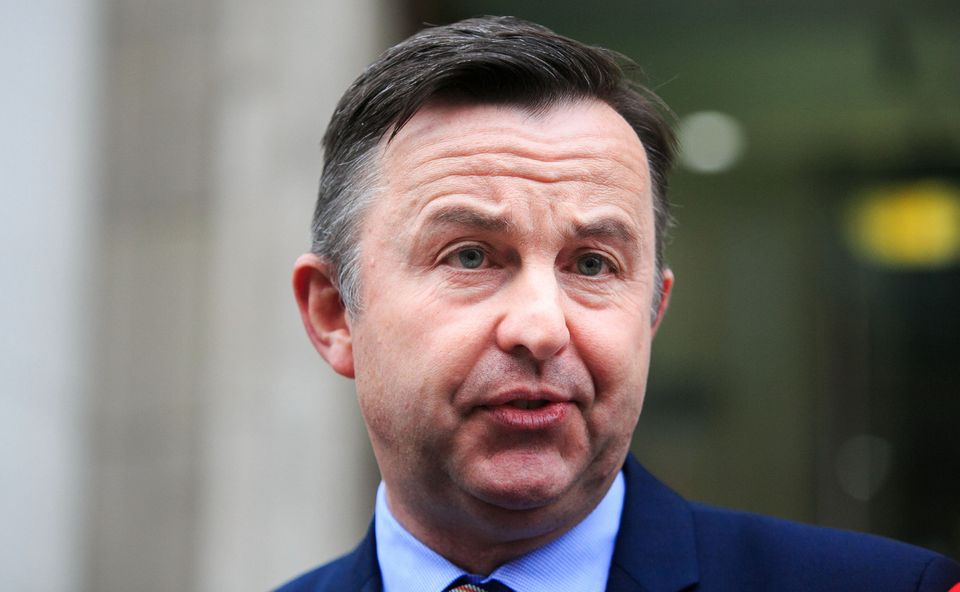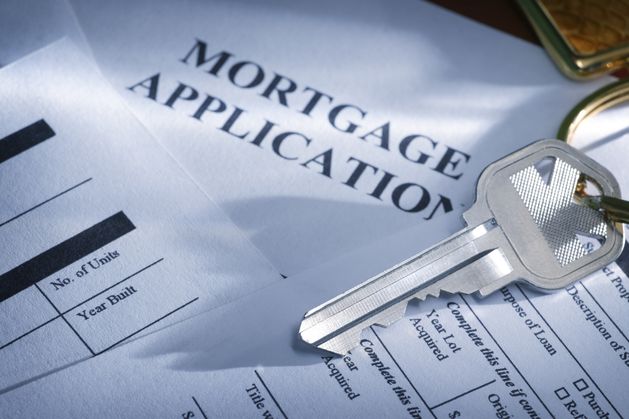New figures from Banking and Payments Federation of Ireland point to trouble for the housing market, while areas of youngest and oldest buyers in Ireland revealed
New data from the Banking and Payments Federation of Ireland (BPFI) shows a significant downward trend in owners moving house to trade up or down.
That has implications for first-time buyers that already face an undersupply of new homes.
The data shows the value of mortgage approvals reached a record value of €16.7bn in the 12 months to August. First-time buyers borrowed €10.4bn of that.
However, the number of home-purchase mortgage approvals was down 5.1pc last month versus the previous year.
The drop in would-be movers, who own a home but are looking to either move to somewhere bigger or downsize, fell more sharply, down 16.8pc year-on-year in August.
Those movers who did get a loan are looking to borrow more, an average of €384,887, compared with the €325,934 average for first-time buyers.
The slowdown among movers combined with the lack of new housing completions points to a further strain on supply for first-time buyers.
A total of 4,536 mortgages were approved last month. First-time buyers were approved for 2,822 mortgages and mover purchasers accounted for 825.

The BPFI’s chief executive Brian Hayes said mortgage switching is growing. Photo: Gareth Chaney
Including top-ups, buy-to-lets and switching, the number of mortgages approved fell by 17pc month-on-month and by 2.5pc compared with the same period last year.
BPFI chief executive Brian Hayes said the data represented somewhat of a slowdown in mortgage approval activity, even as overall mortgage values continued to rise.
“At the same time, mortgage switching continued to grow, up 13.8pc in volume and 30.4pc in value year-on-year. The number and value of top-ups, which include both further mortgage advances to existing mortgage borrowers as well as equity releases on properties without a mortgage, reached their highest annualised levels since the data series began,” he said.
Meanwhile, separate data from the Central Statistics Office (CSO) shows the number of homes bought in Ireland fell last year to 48,780, after running at more than 50,000 in the previous two years, probably affected by a drop in new home completions.
The CSO data shows almost a third of people who bought a home in Ireland last year were aged 35 or under.
The median age of all buyers was 40 last year, unchanged from 2023, the data shows. That means as many people under 40 as over 40 bought a home, and is a good guide to what’s typical.
Last year the national median income of residential property purchasers was €84,400, up from €80,100 in 2023, and €75,600 in 2022.
More than 60pc of homes were bought jointly last year, meaning in most cases that number is the combined income of a couple. The CSO research shows some striking findings in terms of the characteristics of buyers.
Home buyers who have children are significantly older: a median age of 43 for sole buyers with children and 40 for joint buyers with children.
That compares with a median age of 36 for a couple that don’t have children, and 42 for single buyers without children.
Despite high prices, the youngest cohort of buyers on average was in south Dublin, with a median age of 37, while the oldest was in Co Kerry, with a median age of 45.
At local authority area level, the Dublin suburb of Ballyfermot-Drimnagh had the youngest buyers anywhere in the country, with a median age of 35 last year. In Mayo’s Belmullet, the median age of buyers was 56 – reflecting its older population and popularity among people retiring, including returning emigrants.
Dún Laoghaire-Rathdown had the highest median joint buyer income in 2024 at €157,100, while the lowest was Monaghan, at €77,900.
More than three-quarters of buyers were Irish citizens, followed by EU citizens, Asian and UK nationals.
